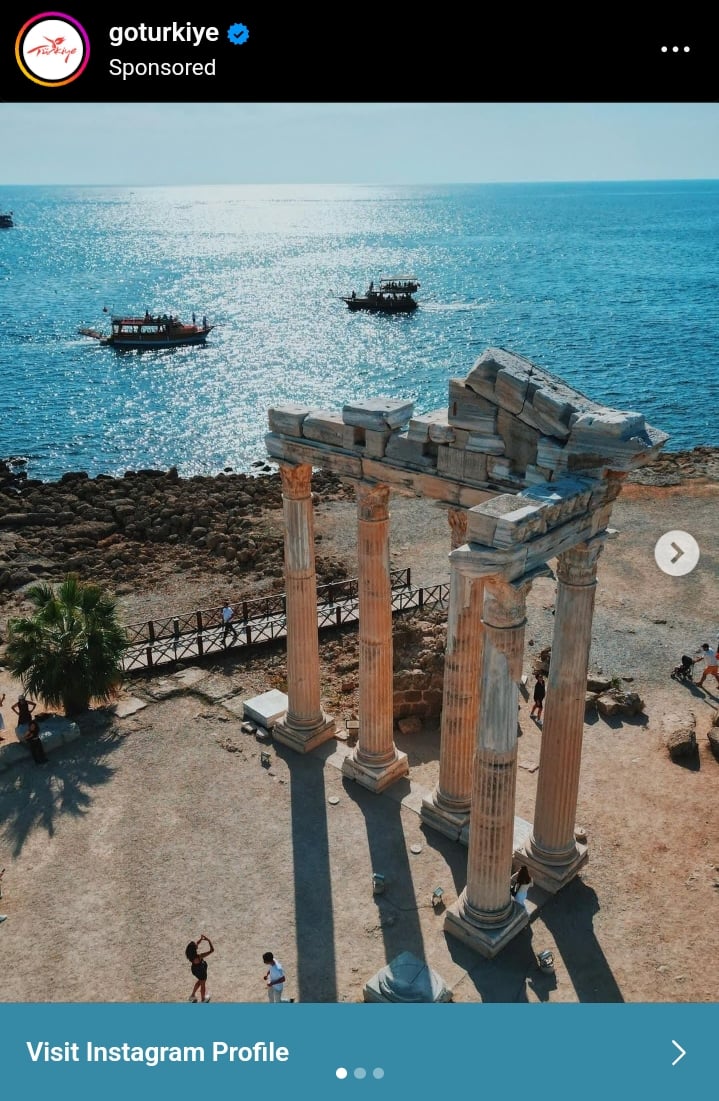You’ve built your product and now it’s time to share it with your audience. Even for the most amazing product ever, it means nothing if your audience doesn’t know it exists. If customers can’t identify how it helps solve their problem, they won’t want it.

Effectively communicating your product’s value can make or break your business. Having the right product messaging and strategy is crucial for success. One proven and popular framework is the AIDA model.
The acronym AIDA stands for attention, interest, desire, and action. The AIDA model is a marketing funnel representing a customer’s journey. It starts with learning about your product and ends with purchasing it (or some other desirable action).
AIDA helps guide marketers to discover what the customer needs before they make a purchase. Then marketers can create a marketing campaign to support the customer on their journey.
AIDA is an important marketing framework, so it’s essential to understand how it works. Let’s go over each stage and examples of what it could look like in a campaign.
Attention, also referred to as awareness, is the stage where your product gets introduced to the customer. The goal is to get as many eyeballs on your campaign as possible. First impressions matter, so you want to capture their attention.
The worst thing that could happen is for viewers to see your ad on a social media app and then keep scrolling without looking at it. You want the exact opposite effect. Here are some ways you get your audience’s attention:
When customers come across your marketing campaign, you want them to say “ooooh” and pique their interest. At this point, you want them to continue reading or watching to learn more about the product. The goal is to start developing a trusting relationship with customers and get them to want to purchase your product.
Customers want to gather more information about the product. Your campaign needs to provide the details they are looking for during this stage. Here are a few ways you can create interest:
The desire stage focuses on getting customers to use or purchase your product. Sometimes this happens at the same time as the interest stage. Other customers may develop a desire after gathering information.
Consider the last piece of content a person interacts with before they make a purchase. It may be the tipping point that will make a customer take action, so it needs to hit the mark emotionally.
An emotional connection is an essential part of creating desire. Maybe this involves showing off your brand’s personality. Or it could be sharing case studies of how your product has affected someone’s life. Regardless of the method, the goal is to get a customer to finally say “I need this.”
Here are a few ways to create desire:
The final stage involves getting your customer to initiate action. The entire marketing funnel has led to this goal. Depending on your campaign, the action may be signing up for a newsletter or making a purchase.
Marketers will need to make the action stage as simple as possible. Issues like customers running into technical problems or not knowing what action to take can ruin your entire campaign.
These are some ways you can ensure the action stage is smooth for the customer:
While not an official stage, retention is often added to the AIDA model. You shouldn’t forget to add a retention or loyalty stage to their marketing campaigns. You may find that it’s cheaper to maintain your current customers instead of constantly chasing new ones.
Curating a strategy to transform new customers into loyal customers goes a long way to ensuring a successful business. Here are a few things to consider to create loyal customers:
AIDA is important in marketing because it helps tailor campaigns to meet the customers’ needs. By following the AIDA model, marketers can create marketing materials for every stage of the customer journey.
You can’t make improvements to your marketing campaigns if you don’t know what’s happening. Using the AIDA model can help you discover where you’re losing potential customers.
Maybe your campaign is great at capturing attention, but it doesn’t create any interest in viewers. You can make changes to your campaign to have a stronger impact on interest.
Using the AIDA model can help marketing employees ensure they’re on the same page. The AIDA model provides a clear and structured path for the customer journey. It can make it easier for team members to collaborate on what is happening within the framework.
AIDA is also adaptable enough to apply to a variety of marketing strategies such as content marketing or advertising. This makes it ideal for ensuring there is a consistent way to create and evaluate varied marketing campaigns.
Having an awareness of consumer behavior is crucial to creating a product marketing campaign. It helps you develop product messaging that forms an emotional connection between the product and the customer.
Product messaging can help inform every stage of the AIDA model. It helps bring a story to life and communicate the product’s value. Effective product messaging guides a customer through the AIDA model and keeps them engaged.
To apply the AIDA model to product messaging, consider these tips:
Where a customer is in their journey has a huge impact on the content type and messaging for that stage. The AIDA model helps create product messaging and marketing campaigns.
Monitoring the results of your campaign can help you make adjustments in real-time. Analyzing the metrics behind your marketing campaign will help you determine its effectiveness.
Measuring the effectiveness of AIDA in marketing campaigns comes down to analyzing metrics. Depending on the campaign and its goals, there are different metrics you can use to measure its effectiveness. You may want to consider collecting and analyzing metrics such as:
You’ll need to determine which metrics are useful for measuring the success of your campaign. Be sure to have the tools necessary to collect the data you need. You may have to adopt new analytical tools to get accurate results.
You may also want to consider conducting A/B testing. It allows you to experiment with different variations of your campaign and find the most effective variation. The results can help you focus on what is resonating with your audience.
I decided to head on over to Instagram and take a look at the targeted ads shown to me. Then I evaluated how they applied the AIDA model.
Attention: The first ad that caught my attention was from @goturkiye, and it highlighted one of the beautiful sights of Turkey. The beautiful imagery piques my interest, so I click on the CTA to view the Instagram profile:

Interest: Of course, I’m shown more Instagram content showcasing all of the cool activities I could do in Turkey. I want to learn more, so I click on the profile link. The link opens up to a web page with the same Instagram images. If I click on any of the images, a new page appears with information about that specific place or activity:

Desire: The website is easy to use, and I have no issue finding the information I’m looking for to plan a trip to Turkey. I’m feeling inspired, so I’m keeping Turkey in mind for my next international trip.
Action: I’m going to bookmark this website for future reference. And then maybe one day, go on a trip to Turkey.
In this case study, @goturkiye did an effective job using the AIDA model in its Instagram strategy. It caught my attention and showed great content highlighting Turkey’s unique value as a travel destination. I was left feeling inspired to visit Turkey (see that emotional connection?). While I’m not impulsively buying a one-way ticket today, I’ll consider Turkey for a future trip.
All marketing campaigns start with an intimate understanding of the problems and desires of your audience. While AIDA isn’t the only marketing framework around, it’s still an essential part of developing product messaging. Tailoring messaging and content for each AIDA stage is necessary to engage an audience.
AIDA also clearly defines the customer’s journey and identifies what’s causing barriers for the customer. It’s also important to test your campaign’s effectiveness. The results can help businesses become better guides for their customer’s journey.
When effectively applied, the AIDA model can turn audiences into customers.
Featured image source: IconScout

LogRocket identifies friction points in the user experience so you can make informed decisions about product and design changes that must happen to hit your goals.
With LogRocket, you can understand the scope of the issues affecting your product and prioritize the changes that need to be made. LogRocket simplifies workflows by allowing Engineering, Product, UX, and Design teams to work from the same data as you, eliminating any confusion about what needs to be done.
Get your teams on the same page — try LogRocket today.

A practical framework for PMs to use AI in ideation without sacrificing judgment, strategy, or decision quality.

A practical five minute revenue estimation method to help product managers compare ideas, drop low impact features, and prioritize smarter.

A practical guide for PMs who want to stop being bottlenecks, delegate smarter, and lead teams effectively with a clear ownership framework.

Stop letting unreliable data block features. Treat data as inventory to track quality, ownership, and ship with confidence.
One Reply to "A guide to applying the AIDA model"
Hi, I am Venkata Panchumarthi. I read this article and it is very informative. I like the way you explained about the topic. Thank you so much for sharing all this wonderful info. It is so appreciated!!!